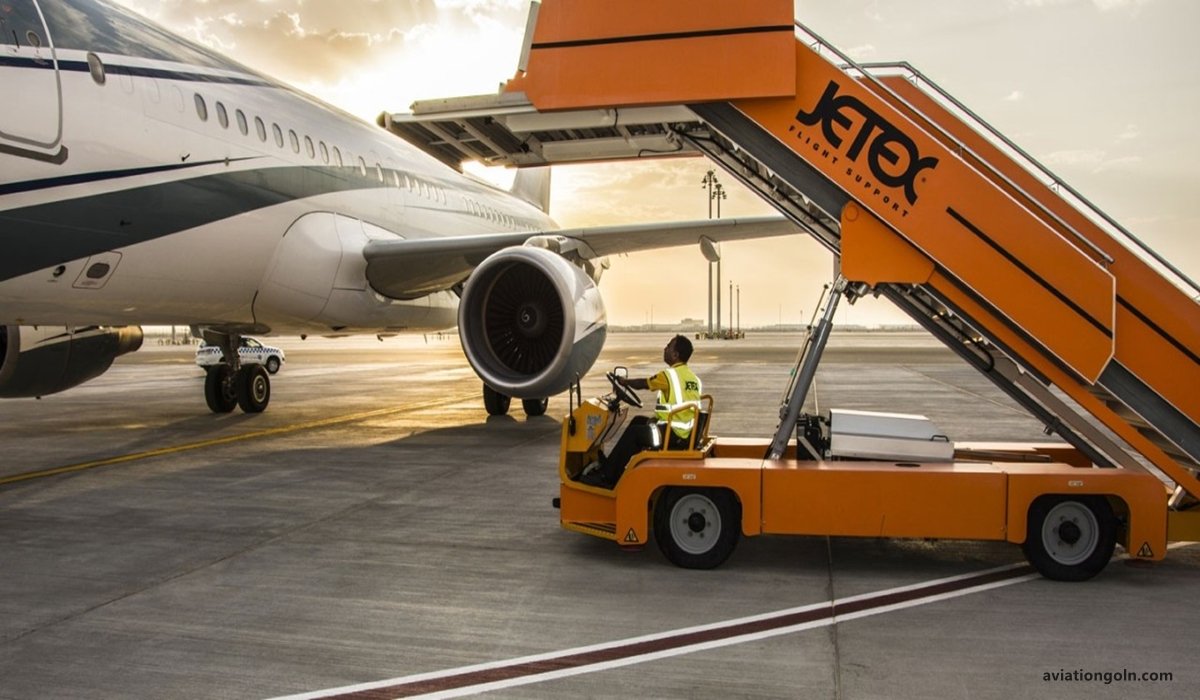Understanding Airline Cost Structures: The airline industry is a crucial part of the global economy, enabling millions of people to travel across countries and continents in a matter of hours. However, operating an airline is complex and comes with myriad costs, some apparent and others hidden. In this article, we’ll delve deep into the intricate world of airline cost structures to gain a better understanding of how airlines manage their financial commitments.
Understanding Airline Cost Structures
1. Overview of Airline Costs
The majority of airline costs can be classified into two main categories:
- Fixed Costs: These costs remain relatively constant regardless of the airline’s activity. Even if no flights are taking off, these costs need to be covered. Examples include lease payments for aircraft, salaries for permanent staff, and hangar fees.
- Variable Costs: These costs fluctuate based on the airline’s activity. The more an airline operates, the higher these costs will be. Fuel, in-flight services, and landing fees are examples.

2. Breakdown of Major Airline Costs
- Aircraft Costs
- Acquisition: One of the most significant expenses is the cost of the aircraft itself. Airlines can either buy planes, which require a massive upfront investment, or lease them. Leasing offers flexibility, especially for newer airlines or those looking to adapt to changing market conditions quickly.
- Maintenance: Regular maintenance checks, ranging from minor to major overhauls, are mandated by aviation authorities. These checks ensure that the aircraft remains in safe operating condition.
- Depreciation: Aircraft lose value over time. Depreciation is the method used to allocate the cost of the plane over its useful life.
- Fuel Costs
Fuel typically represents one of the largest variable expenses for airlines. Fuel prices can be highly volatile, influenced by geopolitical events, production levels, and global demand. To mitigate this volatility, airlines often engage in fuel hedging, locking in prices for future purchases.
- Labor Costs
Salaries, wages, benefits, and training for pilots, cabin crew, ground staff, and administrative personnel make up a significant chunk of an airline’s expenditure. Collective bargaining agreements with unions can influence these costs.
- Landing and Take-off Fees
Airports charge airlines for landing and taking off. These fees vary depending on the airport’s size and location. Large international hubs tend to have higher fees than regional airports.
- In-flight Services and Amenities
Providing passengers with food, beverages, entertainment, and Wi-Fi comes at a cost. While some airlines include these as part of the ticket price, others charge separately as ancillary revenue.
- Distribution and Sales Costs
This includes costs associated with booking systems, travel agents, online platforms, and advertising.
- Overhead
Administrative expenses, IT systems, office space, and other indirect costs fall under overhead.

3. Cost-Per-Available-Seat-Mile (CASM) and Revenue-Per-Available-Seat-Mile (RASM)
These are crucial metrics in the airline industry:
- CASM measures the cost to an airline to fly one seat for one mile, whether the seat is occupied or not. It helps in analyzing the efficiency of an airline’s operations.
- RASM measures the revenue generated from one seat per mile flown. It indicates the profitability of an airline’s operations.
For an airline to be profitable, RASM must exceed CASM.

4. The Impact of External Factors
Various external elements can impact the cost structure of an airline:
- Regulations: International, national, and regional regulations can influence operations, maintenance standards, and labor relations.
- Economic Conditions: Economic downturns can lead to decreased demand, putting downward pressure on ticket prices and squeezing margins.

- Natural Disasters and Pandemics: Events like volcanic eruptions or health crises, such as the COVID-19 pandemic, can significantly disrupt operations and demand.
- Terrorist Acts and Political Instability: These can decrease demand for travel to specific regions or overall.

5. Strategies to Mitigate Costs
Airlines employ various strategies to manage and reduce their expenses:
- Fuel Efficiency: Investing in newer, more fuel-efficient aircraft or retrofitting older planes can reduce fuel costs.
- Outsourcing: Some airlines outsource functions like maintenance, call centers, and IT services.
- Dynamic Pricing: Using complex algorithms, airlines adjust ticket prices in real-time based on demand, competition, and other factors.
- Ancillary Revenues: Charging for checked bags, seat selection, and food and beverages has become a common way to boost revenue.

The airline industry’s cost structure is multifaceted, influenced by a combination of internal operations and external factors. While airlines have some control over their operations, they must remain agile and adaptable to navigate the challenges presented by the ever-changing external environment. A deep understanding of these costs, combined with strategic planning and execution, is vital for an airline’s longevity and success.
Read more:
